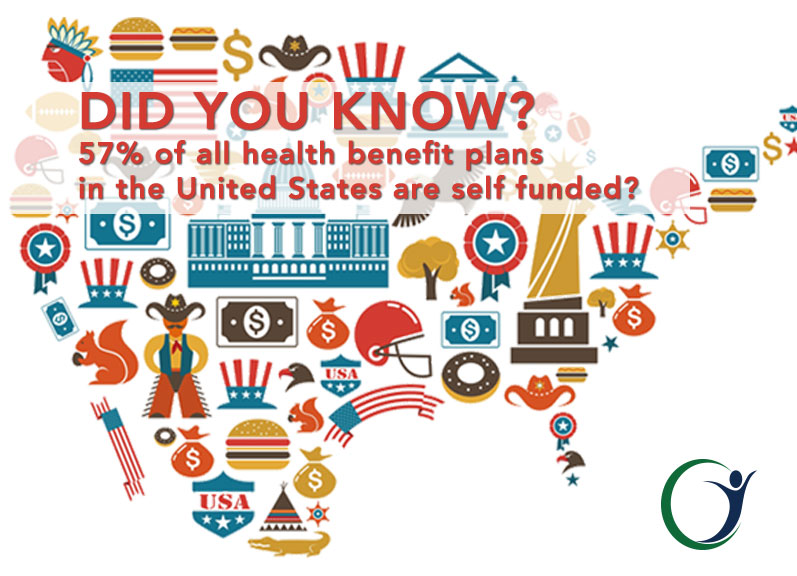
Partial Self Insured Medical Benefits – Your Powerhouse Savings Tool
Did you know that roughly 100 million Americans are covered by their employer’s self insured health plan? 57% of all health benefit plans in the United States are self funded. Thanks to the passage of the Employee Retirement Income Security Act (ERISA) in 1974 by Congress, regulations utilized by self funded plans include special exemptions from state insurance laws, including reserve requirements, mandated benefits, premium taxes, and consumer protection regulations. With the passing of the Patient Protection and Affordable Care Act (PPCA) in 2010, and all the healthcare reform surrounding that legislation, the laws enabling self funding have never been more valuable to an employer looking to save costs on medical benefits for their employees. More and more employers are taking advantage of the strategic approach to regaining control of their healthcare investment.
Providing self funded insurance has historically been most successful for groups of 1,000 or more, such as large corporations and Fortune 500 companies. With the new PPACA regulations and rising medical care costs, companies with as few as 50-100, and all the way up to 5,000+ are seeing drastic savings using a self funded model.
Health care costs rank among the top concerns of U.S. employers. The question of how to design and finance the right plan continually occupies the mind of professionals and corporate executives. Below are a number of factors to consider when looking at self funding as a possible alternate approach to the traditional fully insured arrangement.
Who has the control to design your medical care plan?
When implementing a self funded plan ERISA’s federally mandated benefits apply, which means you are exempt from certain taxes and regulations. This also allows employers to offer uniform, targeted benefits to all employees, regardless of the state in which the employer is located.
Do you want to maximize your cash flow?
You can manage your cash flow with a self-funded plan, and take advantage of the interest income because claims are funded as they are paid. Fully insured premiums constitute a form of pre-payment, you pay regardless of use.
Are you interested in eliminating most premium taxes state taxes and risk charges?
On most self-funded plan costs are eliminated, amounting to a 1.5%-3% immediate savings compared to a fully insured arrangement. Carrier profit margins and risk charges are eliminated. This amounts to a plan savings of 3%-5% annually.
